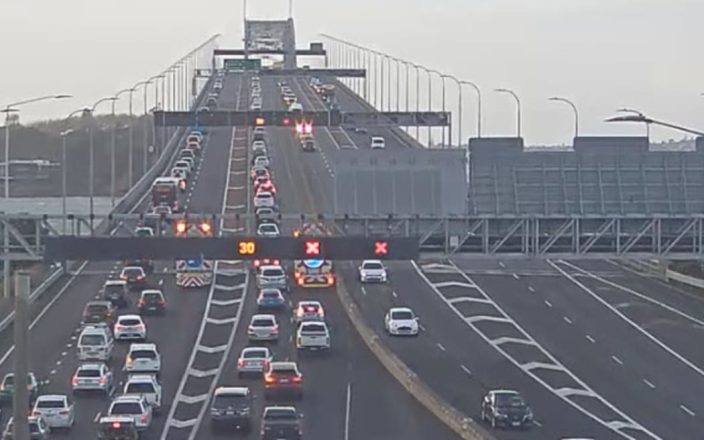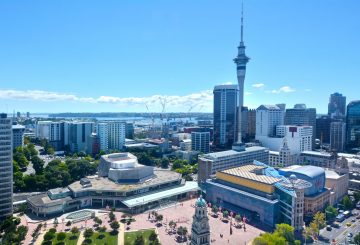오클랜드의 하버 브리지는 강풍으로 인해 교통이 제한되어 지연과 추가 비용이 발생합니다.월요일에는 교량이 양방향으로 2개 차선만 개방된 상태로 운행되었으며 속도 제한이 시행되었습니다.바람이 시속 90km에 도달하면 속도 제한이 적용되며, 돌풍이 시속 110km에 달할 경우 다리가 완전히 폐쇄될 수 있습니다.이로 인해 운전자는 16번 주 고속도로와 SH18번 주 고속도로를 경유하여 더 긴 경로를 이용해야 합니다.
인포메트릭스의 경제학자 브래드 올슨 (Brad Olsen) 은 폐쇄로 인해 많은 비용이 든다고 말했습니다.그는 지난 몇 년간 반복적인 폐쇄로 인해 약 700분의 시간 손실이 발생하여 약 210만 달러의 비용이 발생했다고 추정했습니다.이러한 바람으로 인한 우회로는 운전자들에게 지연과 어려움을 야기합니다.
Olsen은 숨겨진 비용도 있다고 지적했습니다.다리가 단 5분 동안 폐쇄될 경우 운전자는 다리를 피해 우회할 수 있으며, 이로 인해 총 3천 6백만 달러에 가까운 비용이 발생할 수 있습니다.더 긴 노선을 타면 시간이 낭비될 뿐만 아니라 차량 마모도 증가합니다.
그는 교량이 노후화됨에 따라 폐쇄가 점점 더 빈번해지고 있다고 설명했습니다.이 다리는 영원히 지속되도록 건설된 것이 아니기 때문에 폐쇄가 늘어나면 경제에 부정적인 영향을 미칩니다.Olsen은 이러한 문제를 신속하게 해결하는 것은 어렵기 때문에 바람이 계속되면 지연이 계속될 수 있다고 언급했습니다.






























































